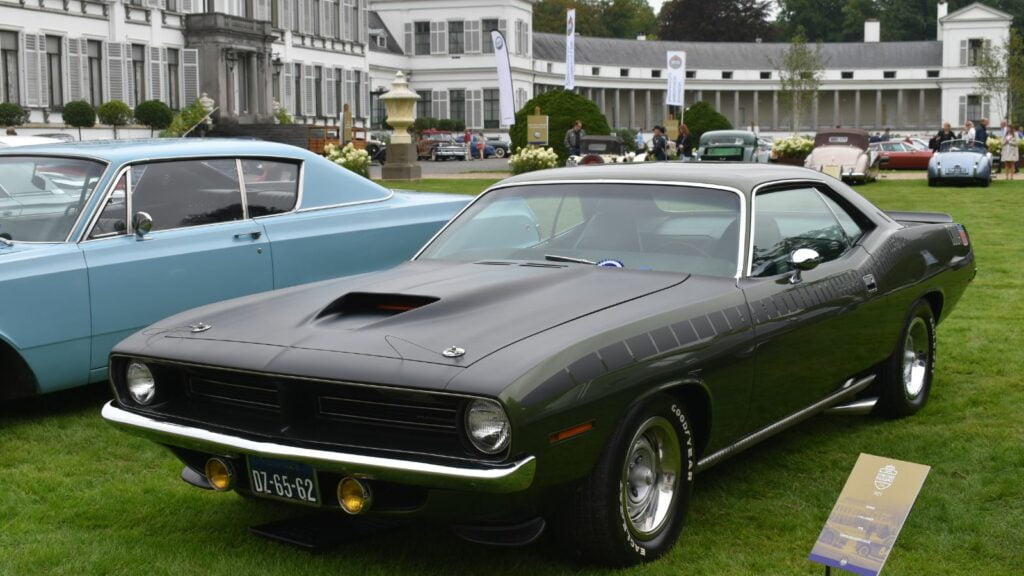Muscle cars are not just cars. They are rolling declarations of power, velocity, and American engineering excellence. They are conceived out of a desire for speed and a hunger for high-performance thrills to deliver vehicles that have dominated the streets and drag tracks for decades. Their V8 engines, muscular design, and solid acceleration make them symbols of high-performance driving. These are 24 muscle cars that deliver raw power and are kings of American roads:
1964 Pontiac GTO
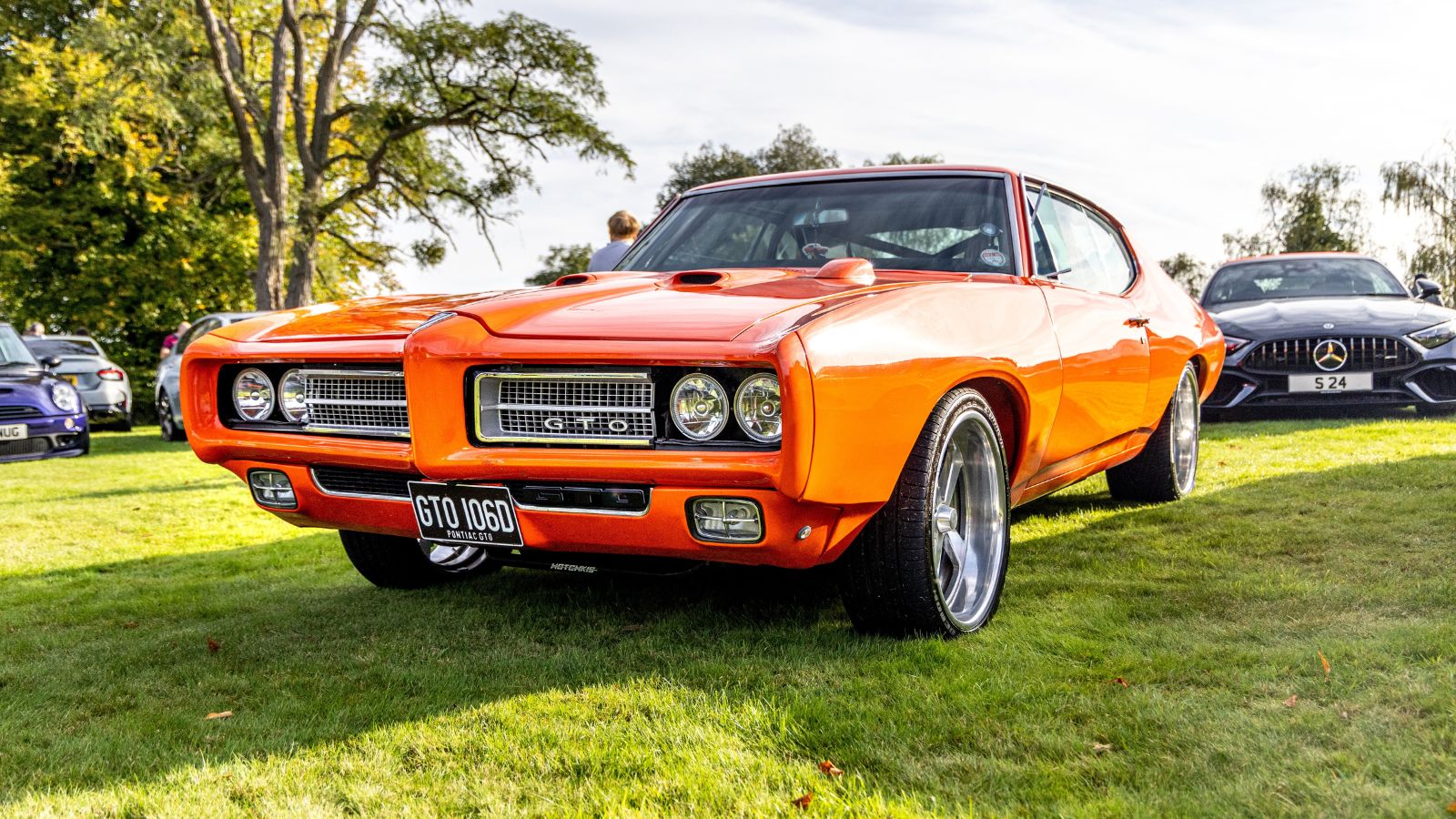
The 1964 Pontiac GTO is considered the vehicle that sparked the muscle car revolution. Developed by Russ Gee, Bill Collins, and John DeLorean, it featured a 6.4L (389 cu in) V8 that produced 325 horsepower. Inside, the GTO had bucket seats, a wood-grained dash, and a three-spoke steering wheel to reinforce its sporting orientation. A Hurst shifter was contained within the center console, contributing to the driving-focused experience. Coming off the line at 0-60 mph in approximately 6.6 seconds, the GTO was a car to be reckoned with on the highways.
1967 Chevrolet Camaro Z/28
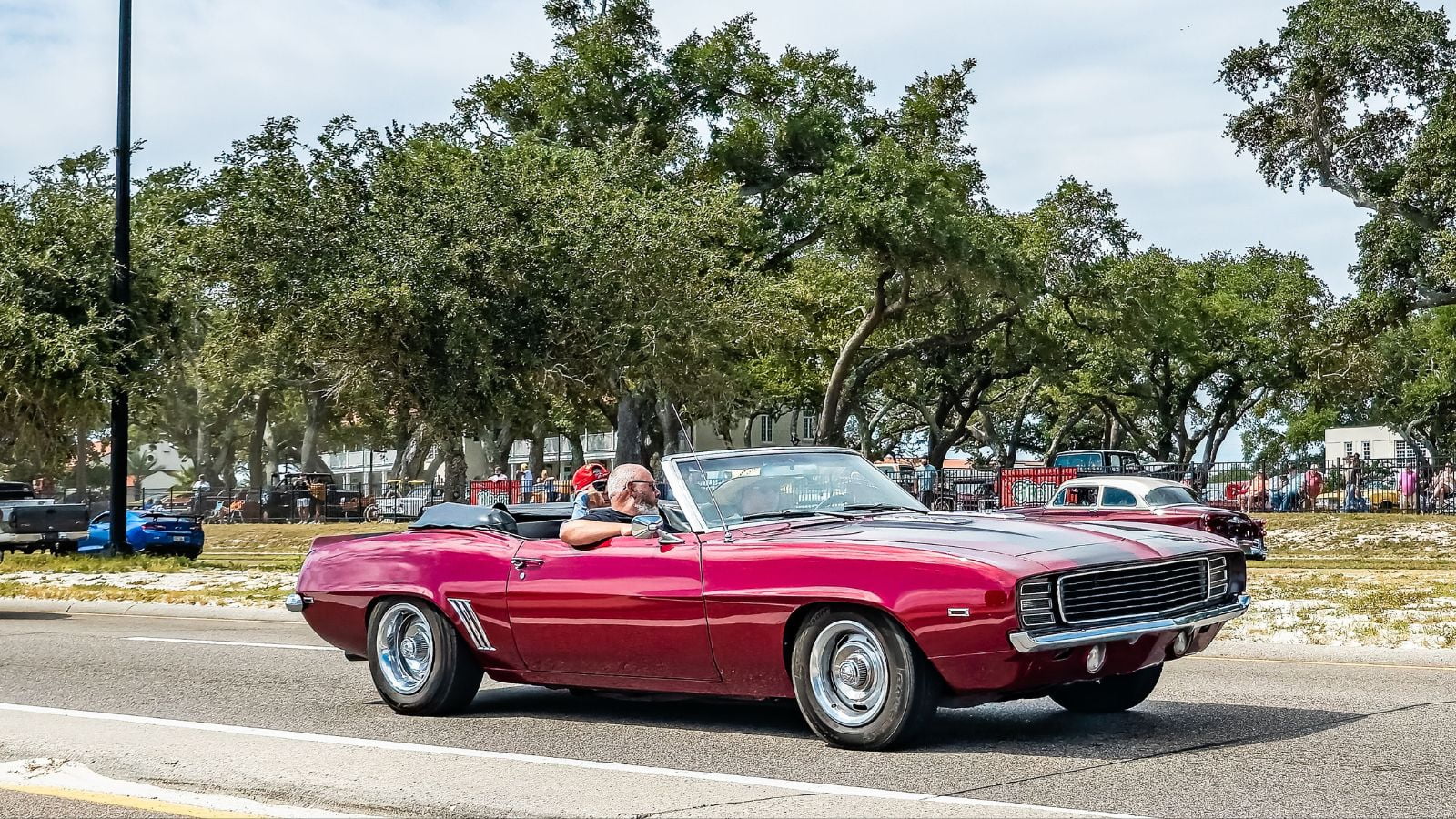
Released in 1967, the Camaro Z/28 was the answer from Chevrolet to the Mustang. It was engineered by Bill Mitchell and contained a 4.9L (302 cu in) V8 engine with approximately 290 horsepower under its hood. Its interior was all about performance, with deeply bucketed seats, a full instrument cluster, and a tach mounted on the center console. The Z/28 could accelerate from 0-60 mph in only 7.4 seconds, and it was an intimidating track car. It also had heavy-duty suspension and was one of the best-handling muscle cars of its time. The Z/28 may have had underrated horsepower ratings, but it dominated Trans-Am competition.
1970 Dodge Challenger R/T 426 HEMI
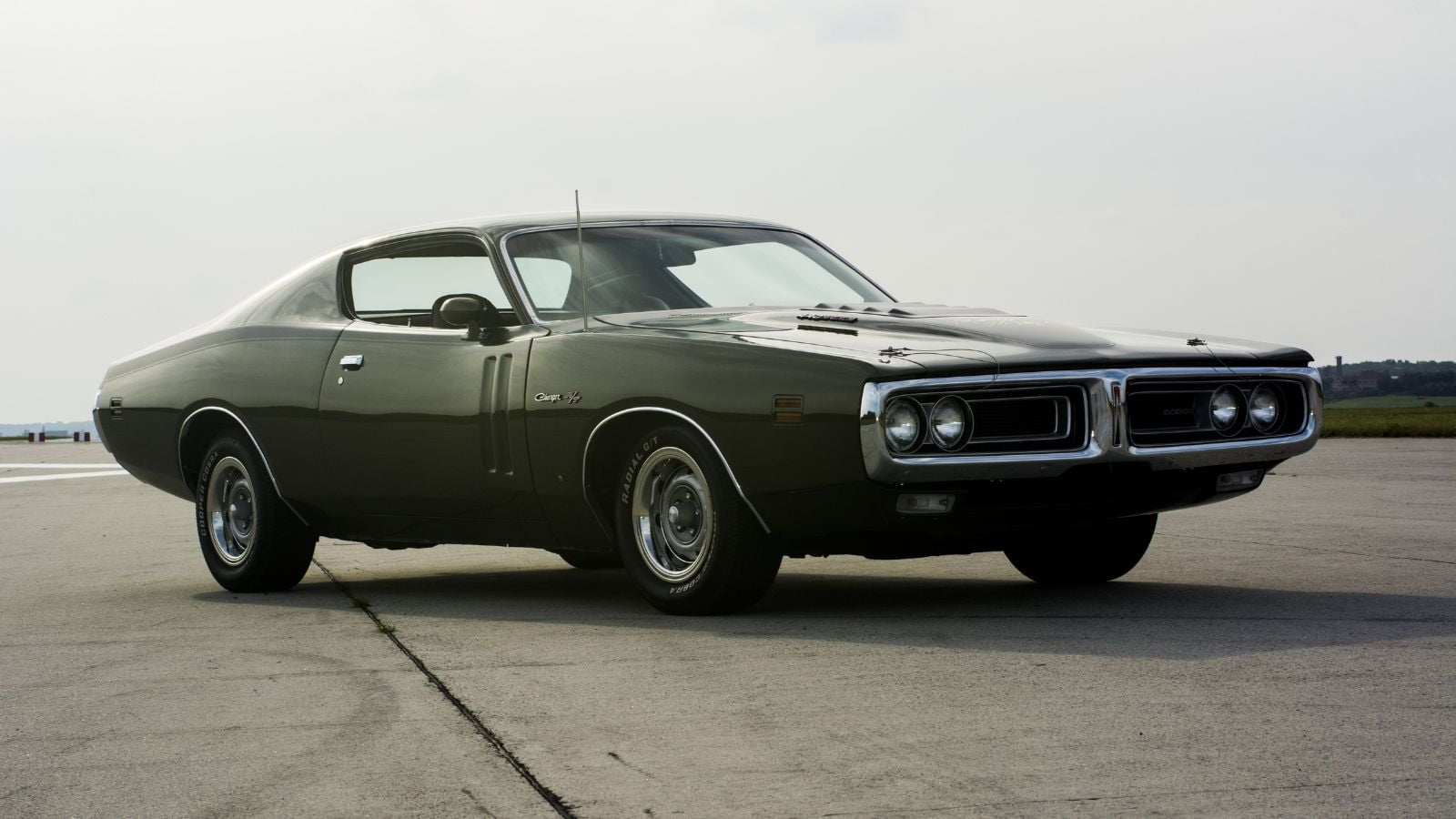
The 1970 Dodge Challenger R/T, styled by Carl Cameron, featured a beastly 7.0L (426 cu in) HEMI V8 that produced 425 horsepower. The interior combined muscle and luxury with high-back bucket seats, woodgrain paneling, and a pistol-grip shifter. It also featured a Rallye instrument cluster with a 150-mph speedometer. With a 0-60 mph time of 5.4 seconds, this Challenger did live up to its name. Its aggressive wide stance and shaker hood scoop gave it an unmistakable presence on the road. The Challenger became a favorite with drag racers and muscle car enthusiasts in a very short period.
1969 Ford Mustang Boss 429
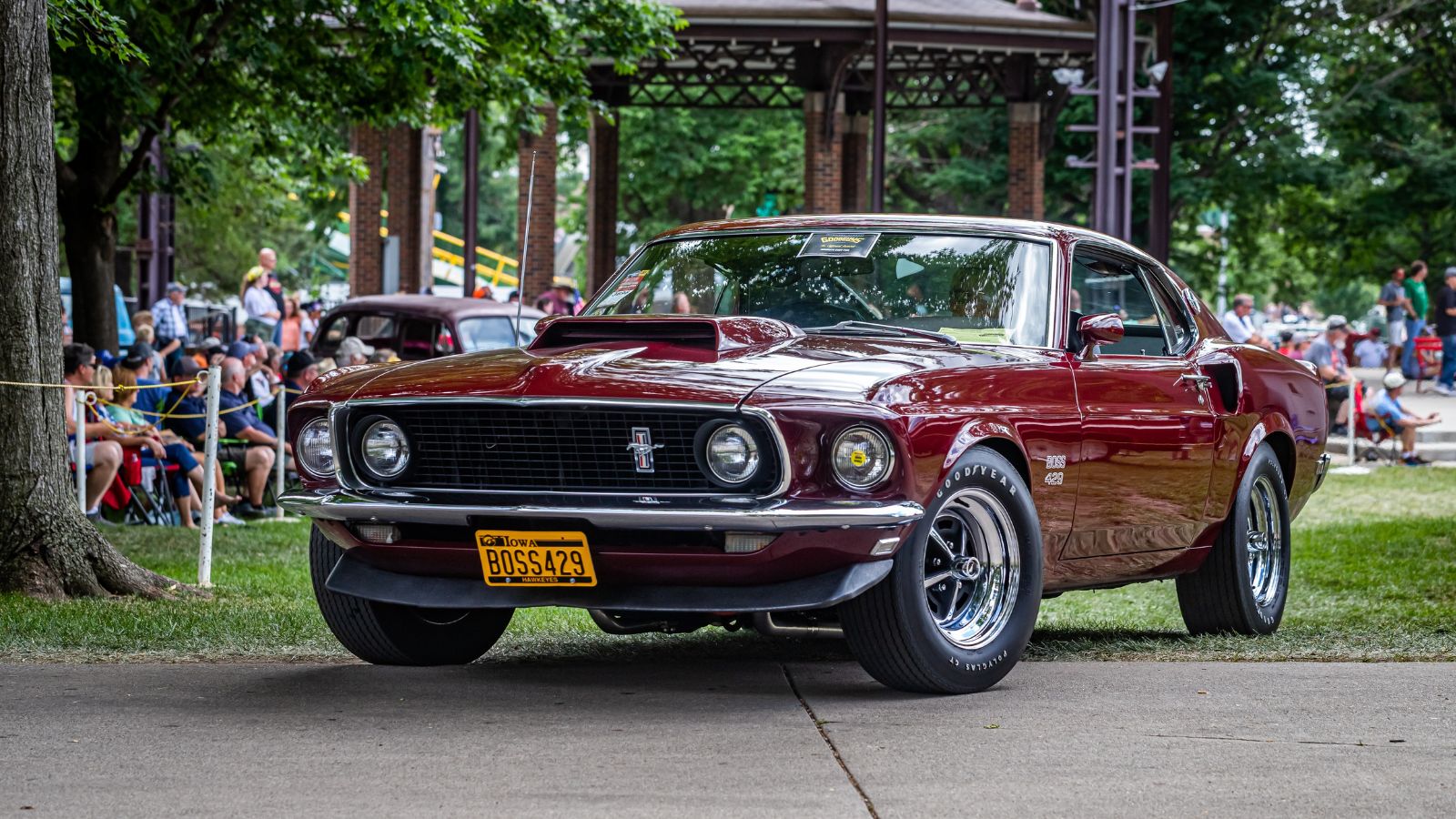
This monster invaded the streets in 1969. The Bost 429 was engineered by Larry Shinoda and was powered by a 7.0L (429 cu in) V8 with 375 horsepower. The interior was minimalist but performance-oriented, with a wood-rimmed steering wheel, a Hurst shifter, and a gauge package that kept the driver up to speed. The Boss 429 could accelerate from 0-60 mph in only 5.1 seconds, making it one of the fastest Mustangs of the day. Ford constructed the car to homologate the 429 engine for NASCAR, which has a race-bred heritage. The huge engine only fits under the bonnet, and massive redesigns are needed for the engine compartment.
1970 Plymouth HEMI ‘Cuda
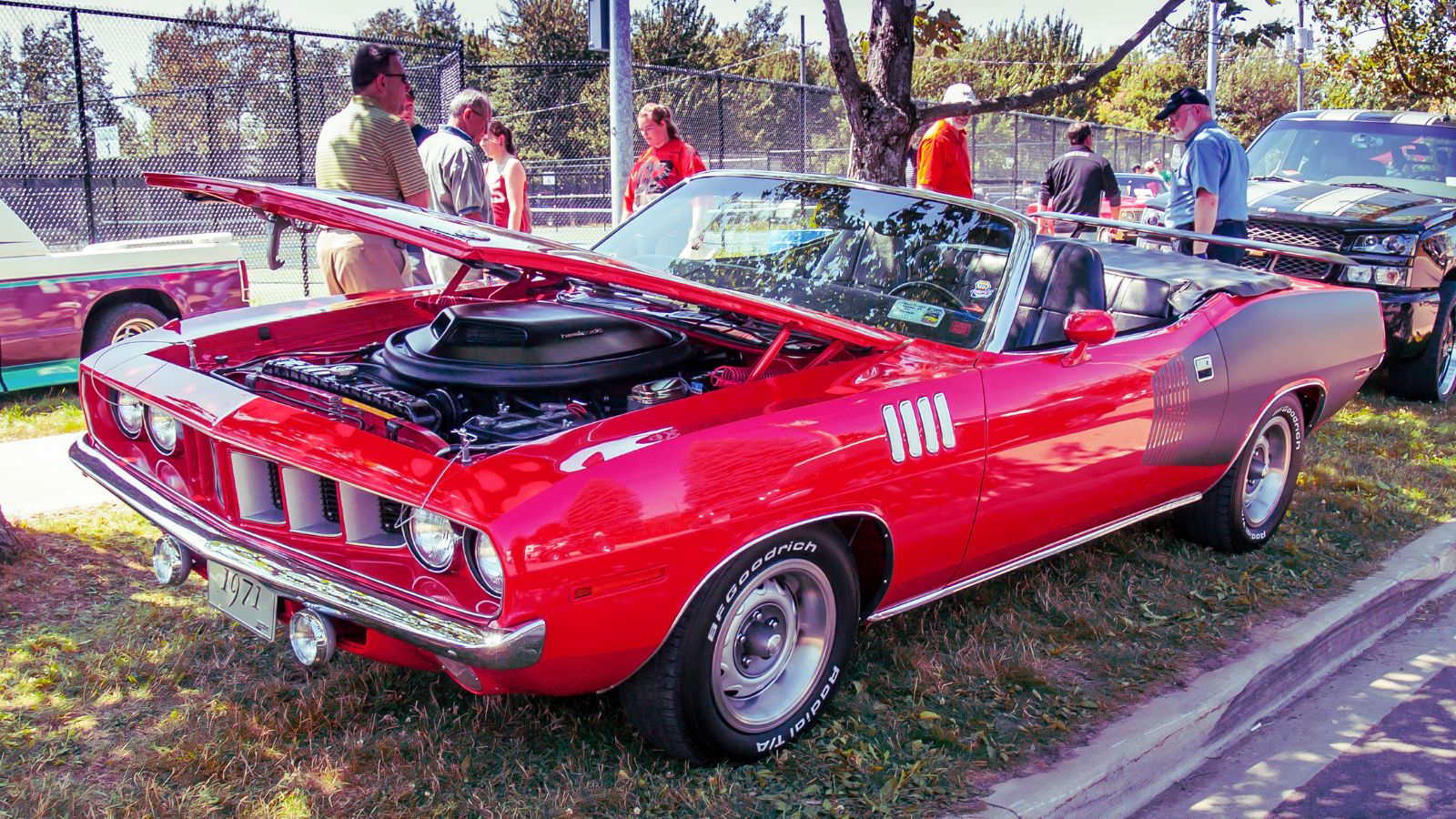
Its aggressive design and obscene power meant that the 1970 Plymouth HEMI ‘Cuda was a legend. John E. Herlitz designed it, featuring a 7.0L (426 cu in) HEMI V8 with 425 horsepower. The interior balanced comfort and performance, with high-back bucket seats, slap-stick shifter, and Rallye instrument cluster. It could accelerate from 0-60 mph in 5.6 seconds. The ‘Cuda’s shaker hood scoop appeared even more menacing while fueling the engine with additional air. Low production numbers and its status as a street beast have made it one of the most coveted muscle cars today.
1968 Chevrolet Chevelle SS 396
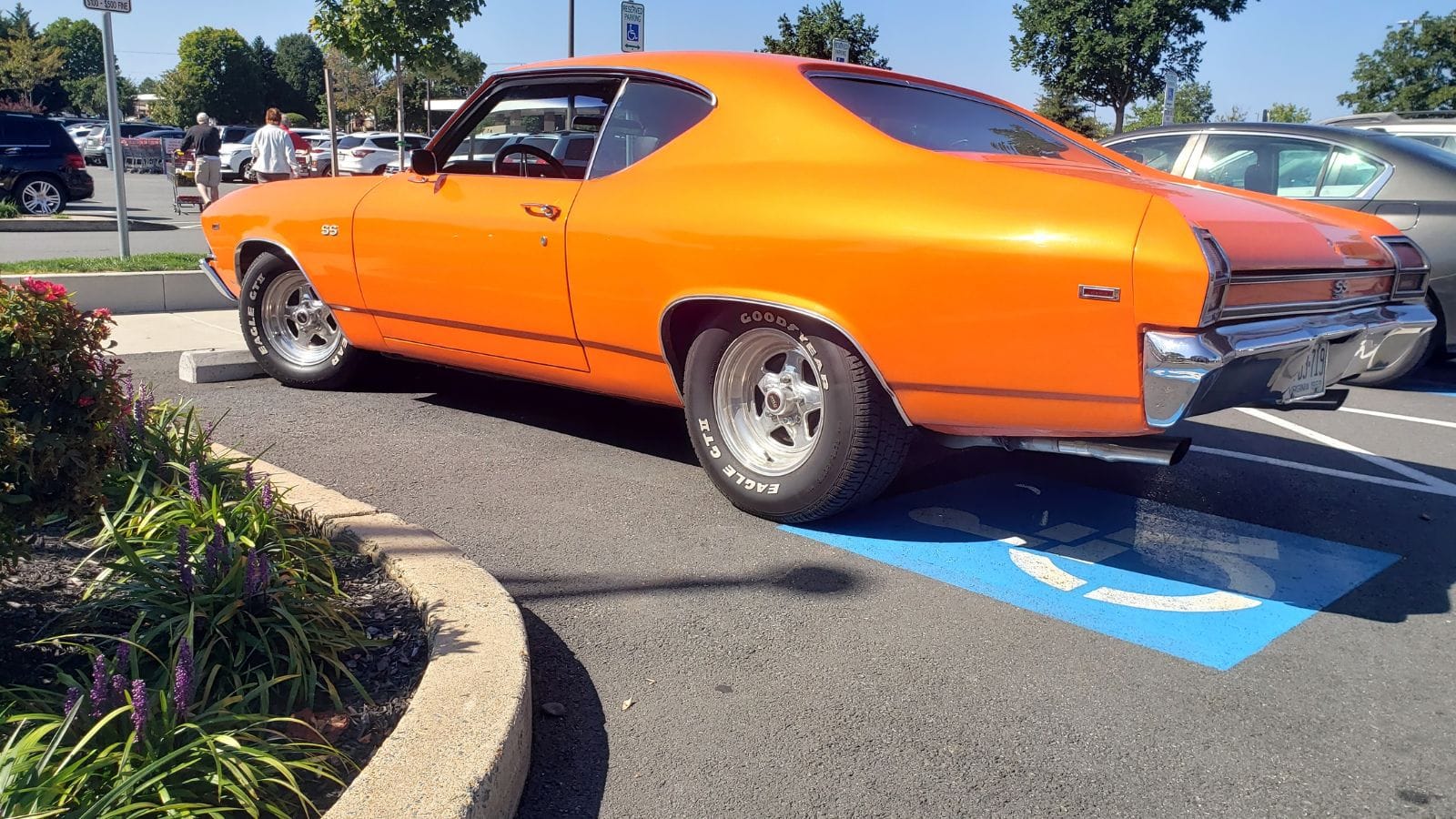
The 1968 Chevrolet Chevelle SS 396 was a muscle car that combined brute power with a glamorous presence. Created by Dave Holls, it featured a 6.5L (396 cu in) V8 engine with up to 375 horsepower. The interior was constructed with comfort and performance in mind and included Strato bucket seats, a center console with a horseshoe shifter, and a full gauge instrument panel. The dashboard was driver-oriented with an optional tachometer and auxiliary gauges. The SS 396 accelerated from 0-60 mph in approximately 6.0 seconds and became a favorite on the street.
1971 Buick GSX Stage 1
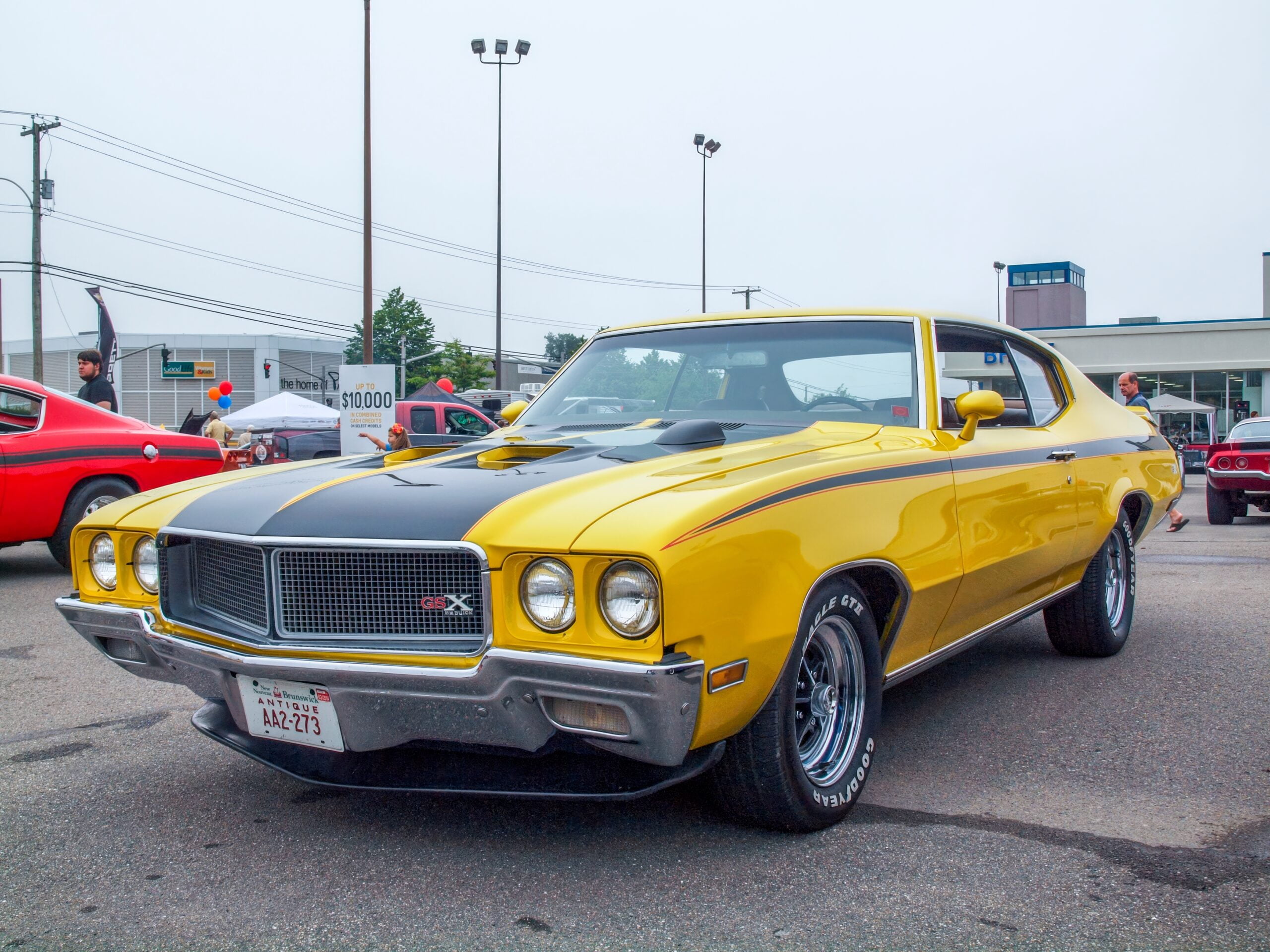
The 1971 Buick GSX Stage 1 was the ultimate underrated muscle car of its period. Bill Mitchell designed it to include a 7.5L (455 cu in) V8 developing 360 horsepower and an insane 510 lb-ft of twist. Inside was all muscle car luxury, featuring high-back bucket seats clad in vinyl, a Rallye steering wheel, and a special GSX instrument panel. The car’s 0-60 mph time of 5.5 seconds was testimony that Buick provided comfort and performance.
1970 Oldsmobile 442 W-30
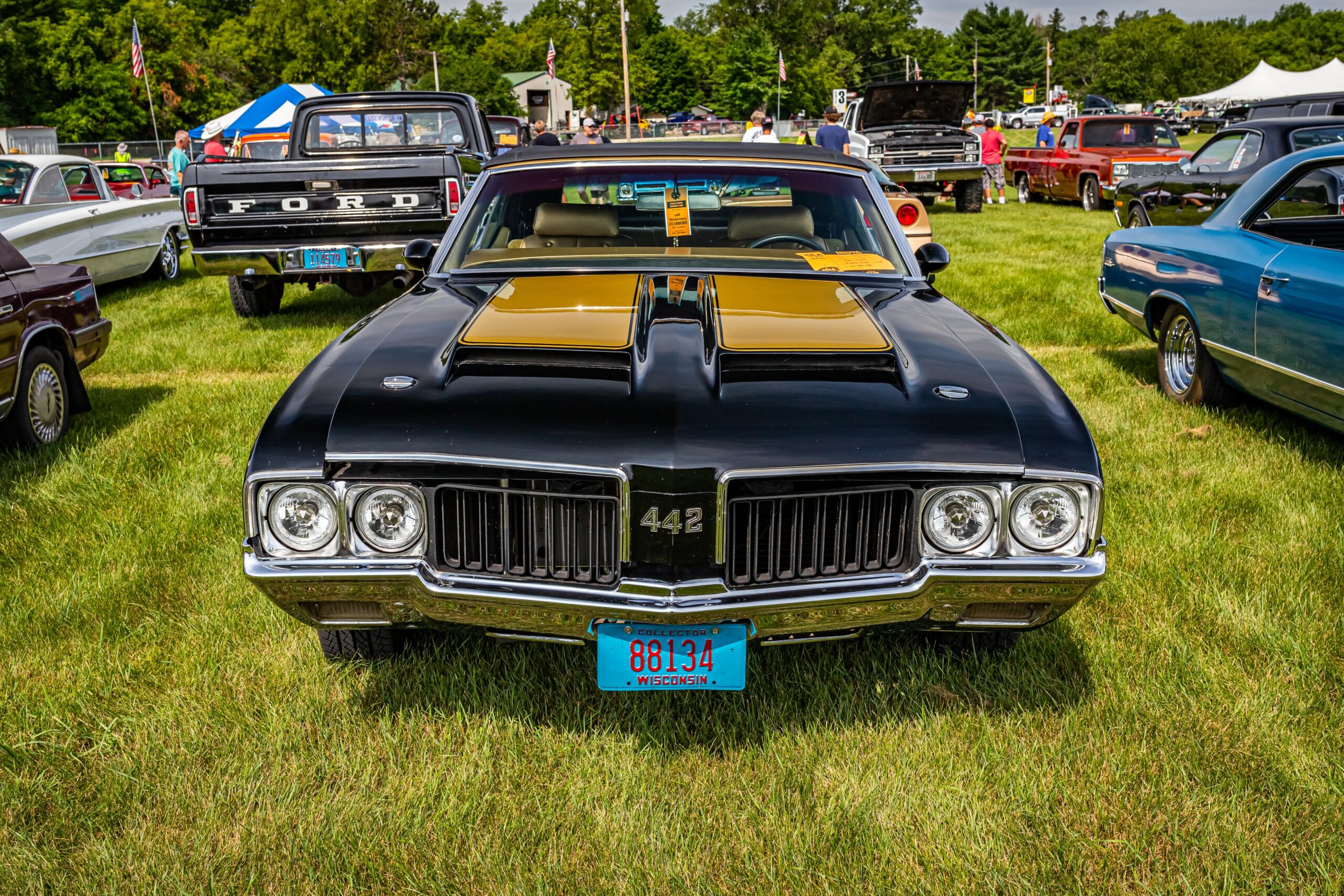
Irvin Rybicki penned the 1970 Oldsmobile 442 W-30 to provide drivers with a car with brute strength. It had a 7.5L (455 cu in) V8 that produced 370 horsepower. The interior had muscle car flair, with bucket seats, woodgrain trim, and a Hurst dual-gate shifter. The dashboard featured a speedometer with a 120 mph top, and the W-30 package added red inner fender wells for added flair. This monster could accelerate from 0-60 mph in 5.7 seconds. The fiberglass functional hood scoops provided air to the engine, enhancing performance. The 442 W-30 was one of the best-balanced muscle cars of the era, delivering raw power and impressive handling.
1969 Dodge Charger Daytona
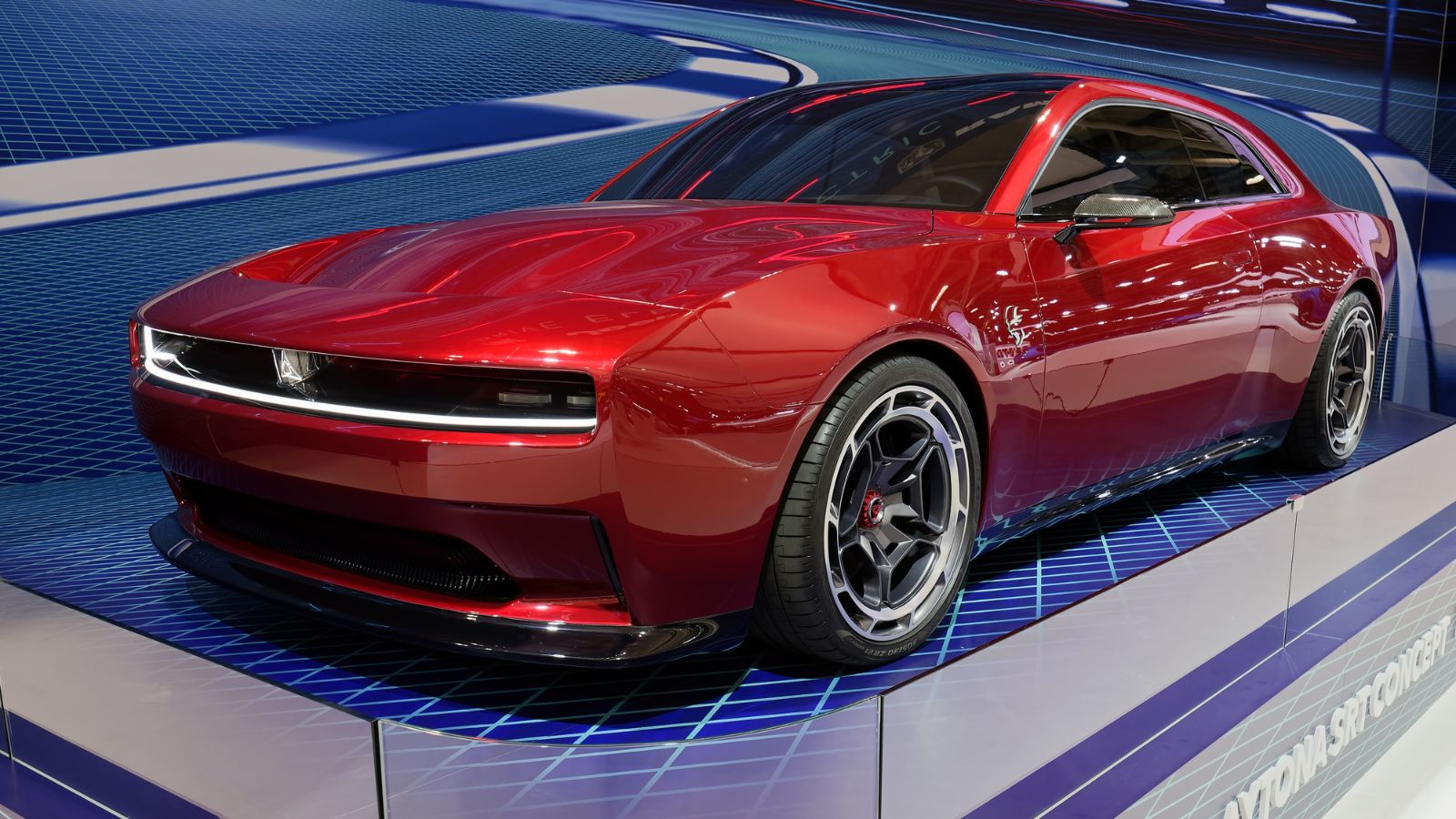
One of the genuine NASCAR-inspired muscle cars, the 1969 Dodge Charger Daytona was created by Harold Sperlich and powered by a 7.0L (426 cu in) HEMI V8 with 425 horsepower. The inside was stripped-down in appearance with a wood-rimmed steering wheel, Rallye gauges, and vinyl bucket seats. It was a vehicle engineered for speed conquest, with a 0-60 mph in only 5.2 seconds. The gigantic rear wing and stretched nose weren’t merely aesthetic touches, they were responsible for its aerodynamic dominance on the racing circuit. With a top speed of over 200 mph, the Daytona was among the first muscle cars to test the boundaries of aerodynamics.
1970 Chevrolet Monte Carlo SS 454
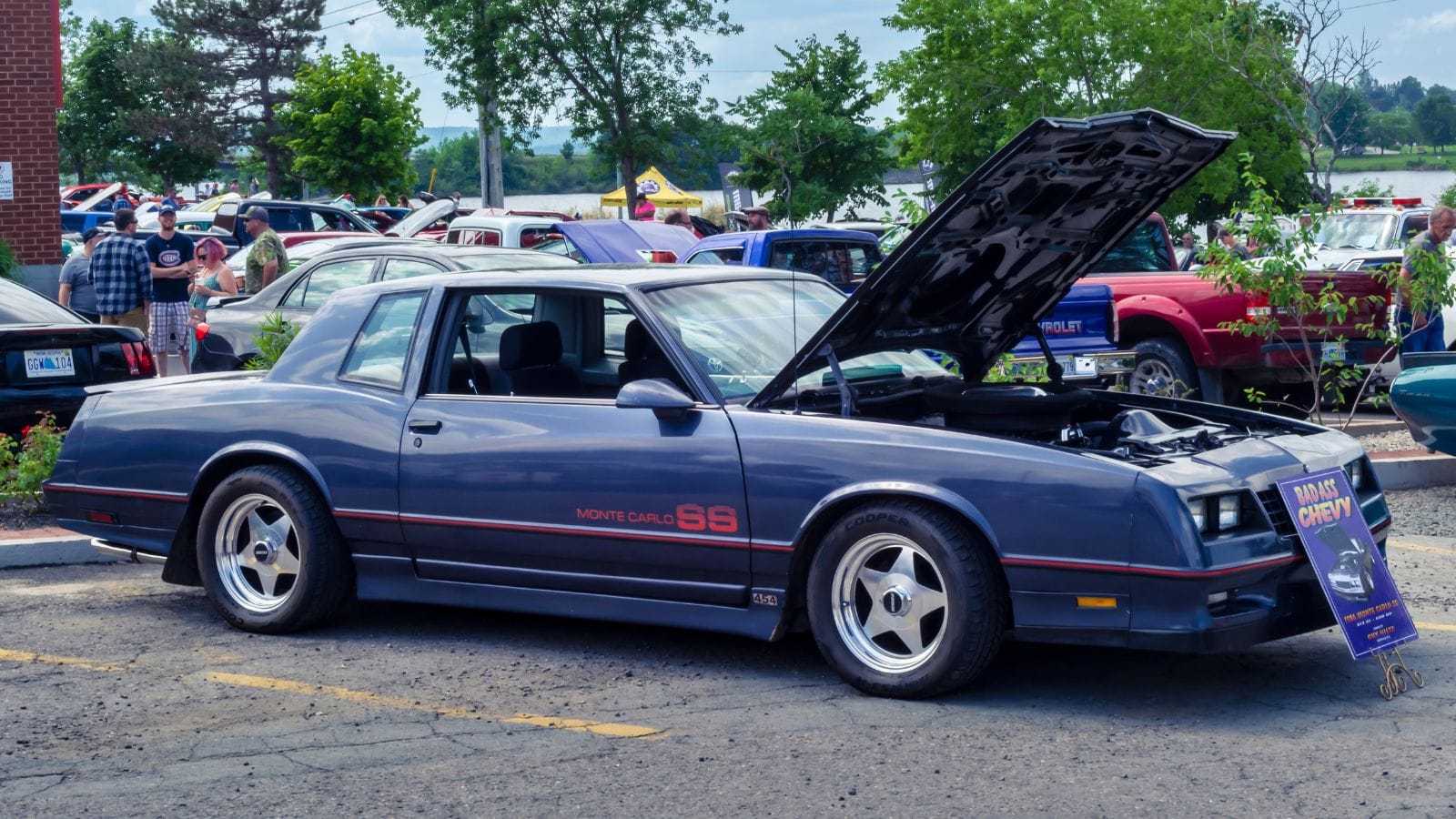
The Monte Carlo SS 454, which debuted in 1970, was styled by Dave Holls and came with a 7.4L (454 cu in) V8 engine producing 360 horsepower. The interior was nicer than most muscle cars, with woodgrain trim, heavy carpeting, and bucket seats. It was designed to be fast and comfortable and had a 0-60 mph time of 6.5 seconds. The SS package included heavy-duty suspension, which resulted in one of the smoothest-riding muscle cars around. Notwithstanding its luxurious appearance, the Monte Carlo SS 454 was loaded with serious horsepower, making it a sleeper hit for those who love muscle cars.
1969 Mercury Cougar Eliminator
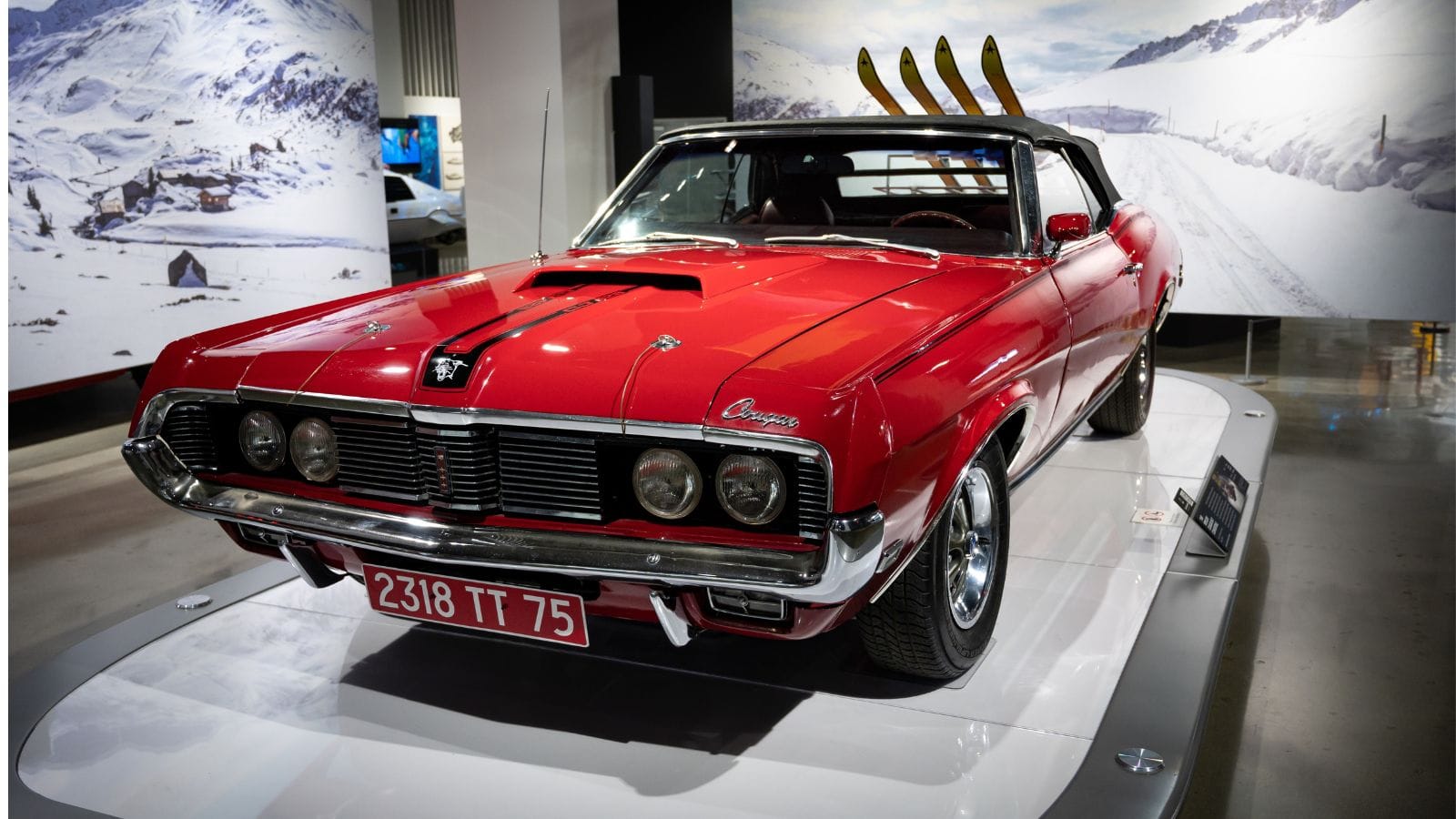
Eugene Bordinat designed the 1969 Mercury Cougar Eliminator. As a luxury muscle car, it featured a 7.0L (428 cu in) Cobra Jet V8 that delivered 335 horsepower. Unlike other muscle cars of its time, the Cougar Eliminator focused on refinement, offering high-back bucket seats wrapped in premium vinyl, woodgrain dash trim, and a center console with a performance-inspired shifter. A complete Rallye gauge cluster, including a tachometer, was standard. This Cougar was stylish and ferocious, with a 0-60 mph time of 5.5 seconds.
1971 Plymouth Road Runner 440+6
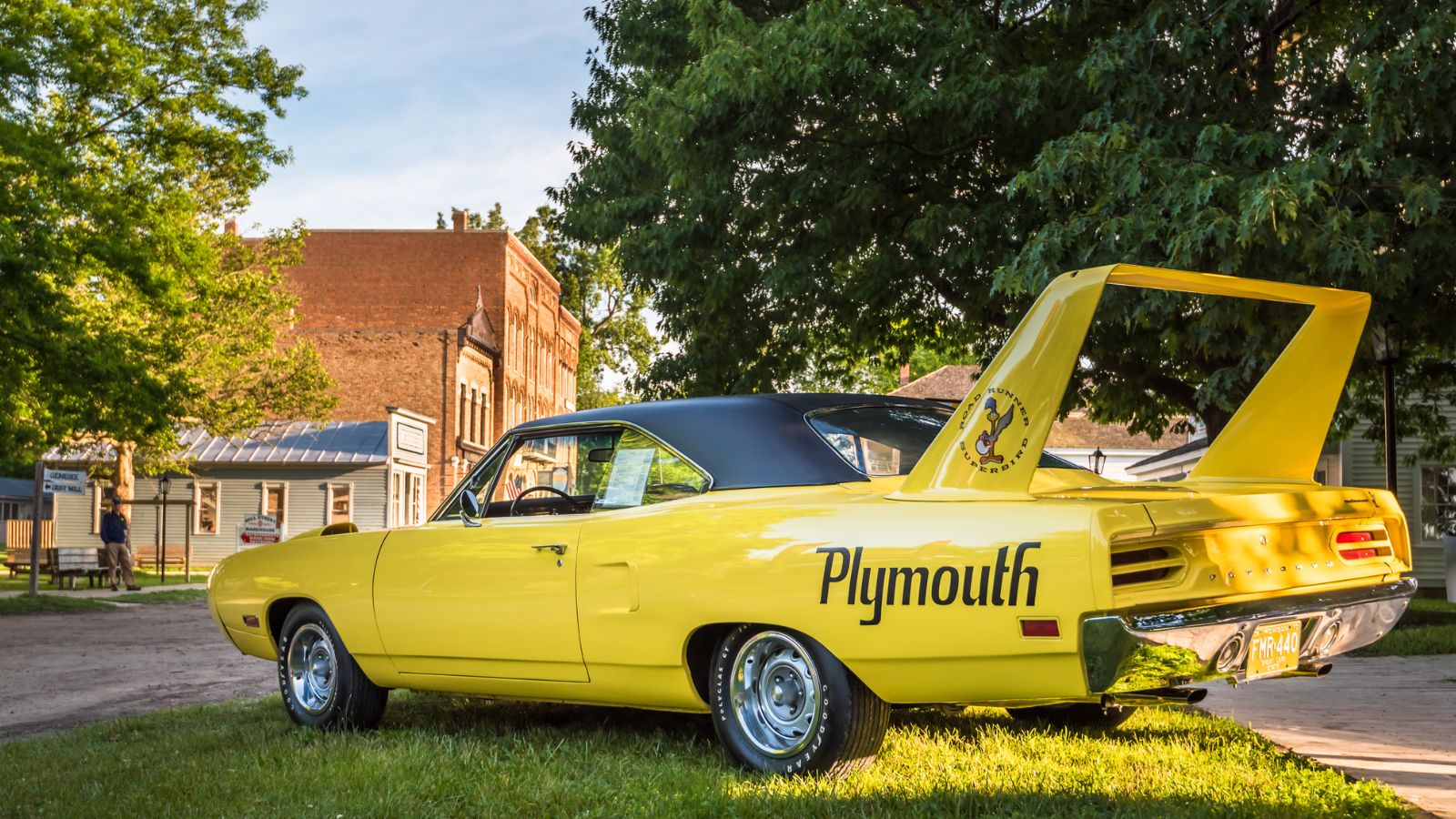
The 1971 Plymouth Road Runner 440+6, styled by John E. Herlitz, was a car that had both attitude and power. It featured a 7.2L (440 cu) V8 with three two-barrel carburetors and 385 horsepower. The interior was laid out for performance, featuring a pistol-grip shifter, optional bucket seats, and a performance gauge package. With its distinctive horn and mean styling, the Road Runner could accelerate from 0-60 mph in a mere 5.3 seconds. The Air Grabber hood scoop was operable from within the vehicle, giving it an even more sinister appearance.
1970 Ford Torino Cobra 429
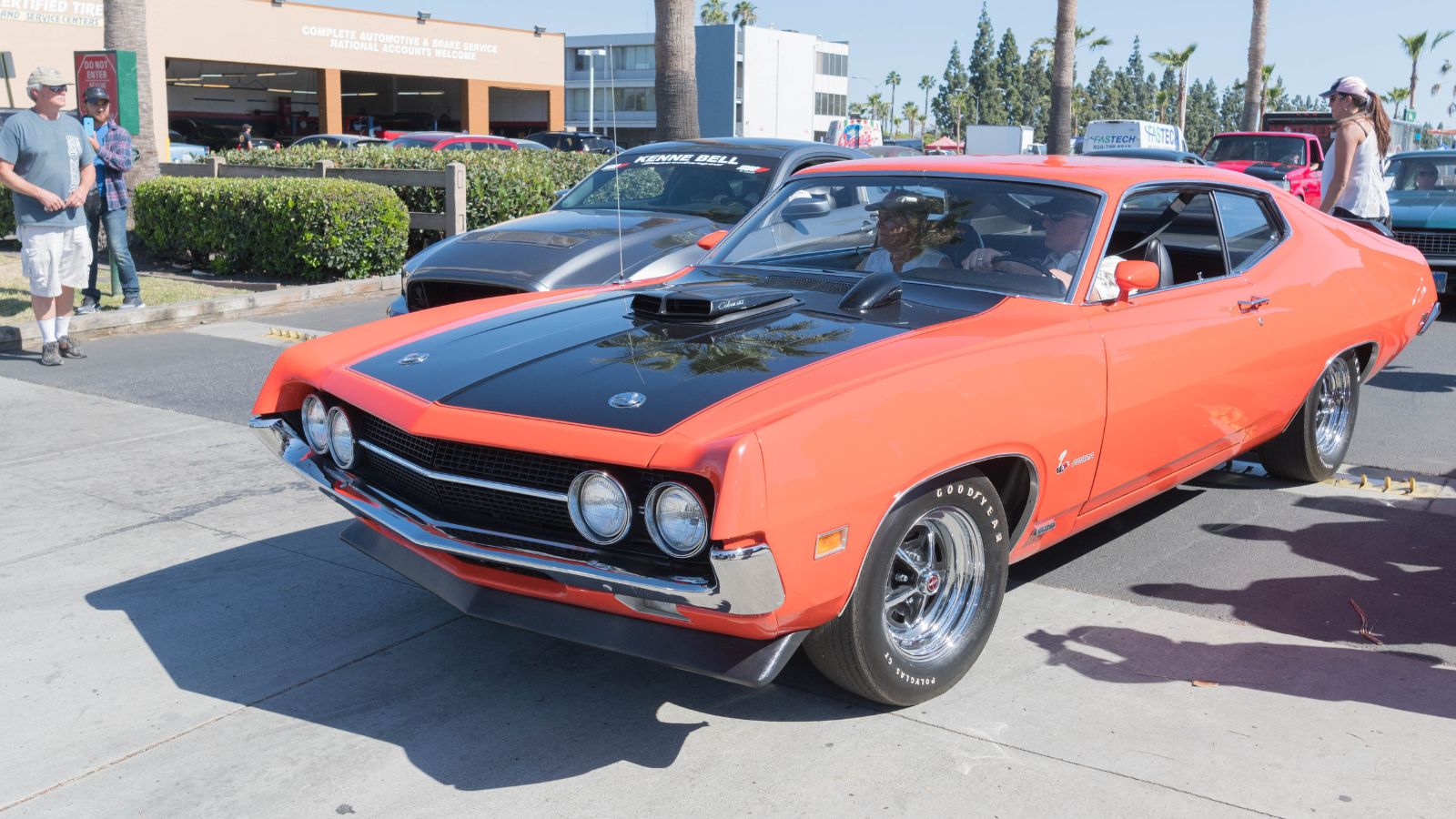
The 1970 Ford Torino Cobra was penned by Larry Shinoda and had a 7.0L (429 cu in) Super Cobra Jet V8 producing 375 horsepower. The interior of the Torino Cobra was no-frills, with black vinyl bucket seats, a four-speed manual transmission, and a full instrument panel with a 140-mph speedometer. It was a serious performer, accelerating from 0-60 mph in 5.8 seconds. A Drag Pack package included an oil cooler and 4.30 rear gears, rendering it even more track-capable. The Torino’s fastback styling gave it an aerodynamic advantage, making it a favorite among NASCARs.
1968 Dodge Dart GTS 440
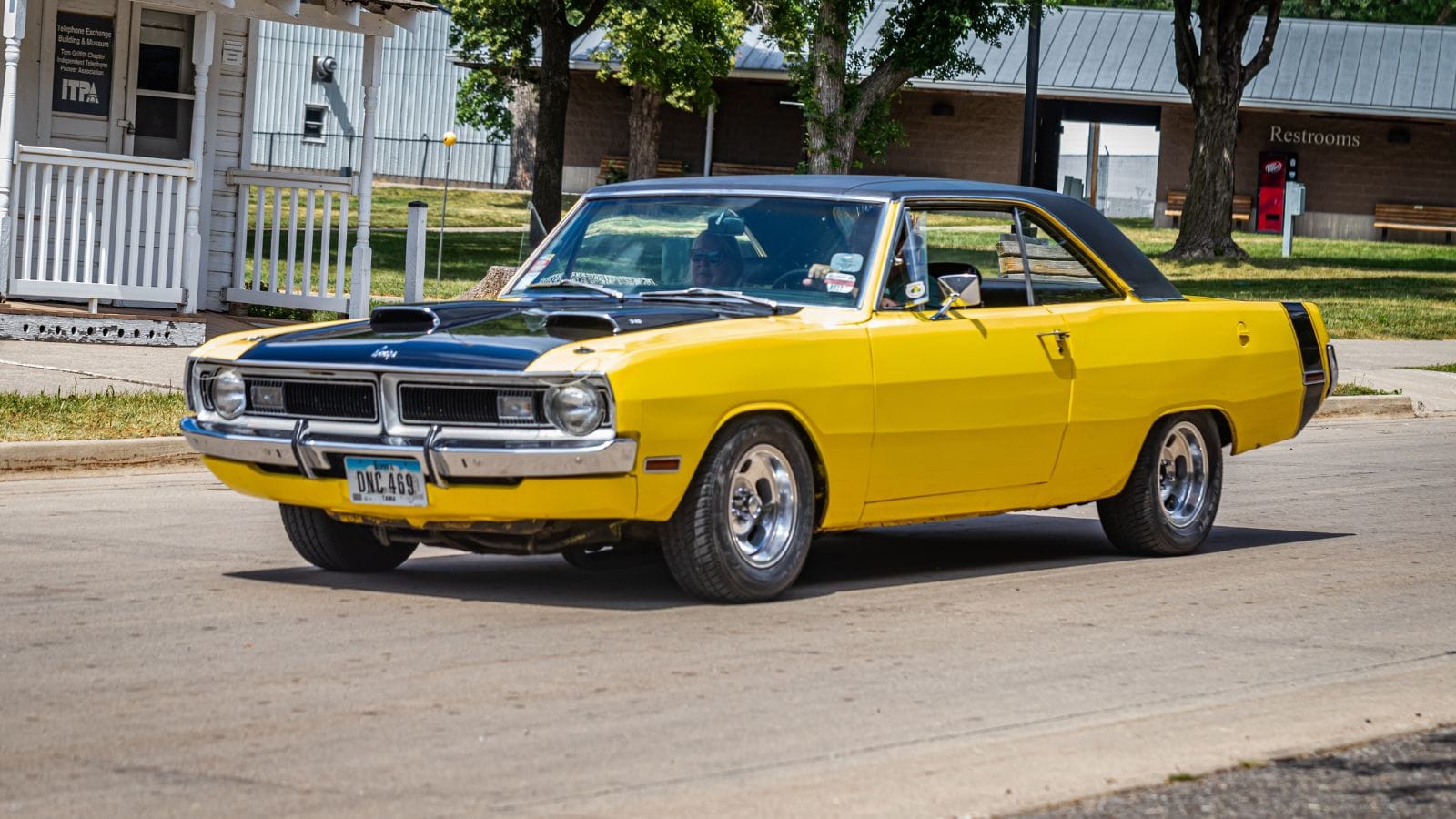
The Elwood Engel-designed 1968 Dodge Dart GTS 440 was a compact powerhouse. A 7.2L (440 cu in) V8 engine with 375 horsepower powered this light car, which had an amazing power-to-weight ratio. The interior was plain but functional, featuring bucket seats, a console shift, and a performance gauge package. With its scorching 0-60 mph time of 5.1 seconds, the Dart GTS was a giant slayer on the drag strip. Dodge produced only a few of these brutes, making them extremely desirable today. Despite its compact size, the Dart GTS could outrun many larger, heavier muscle cars of the day.
1969 Chevrolet Nova SS 396
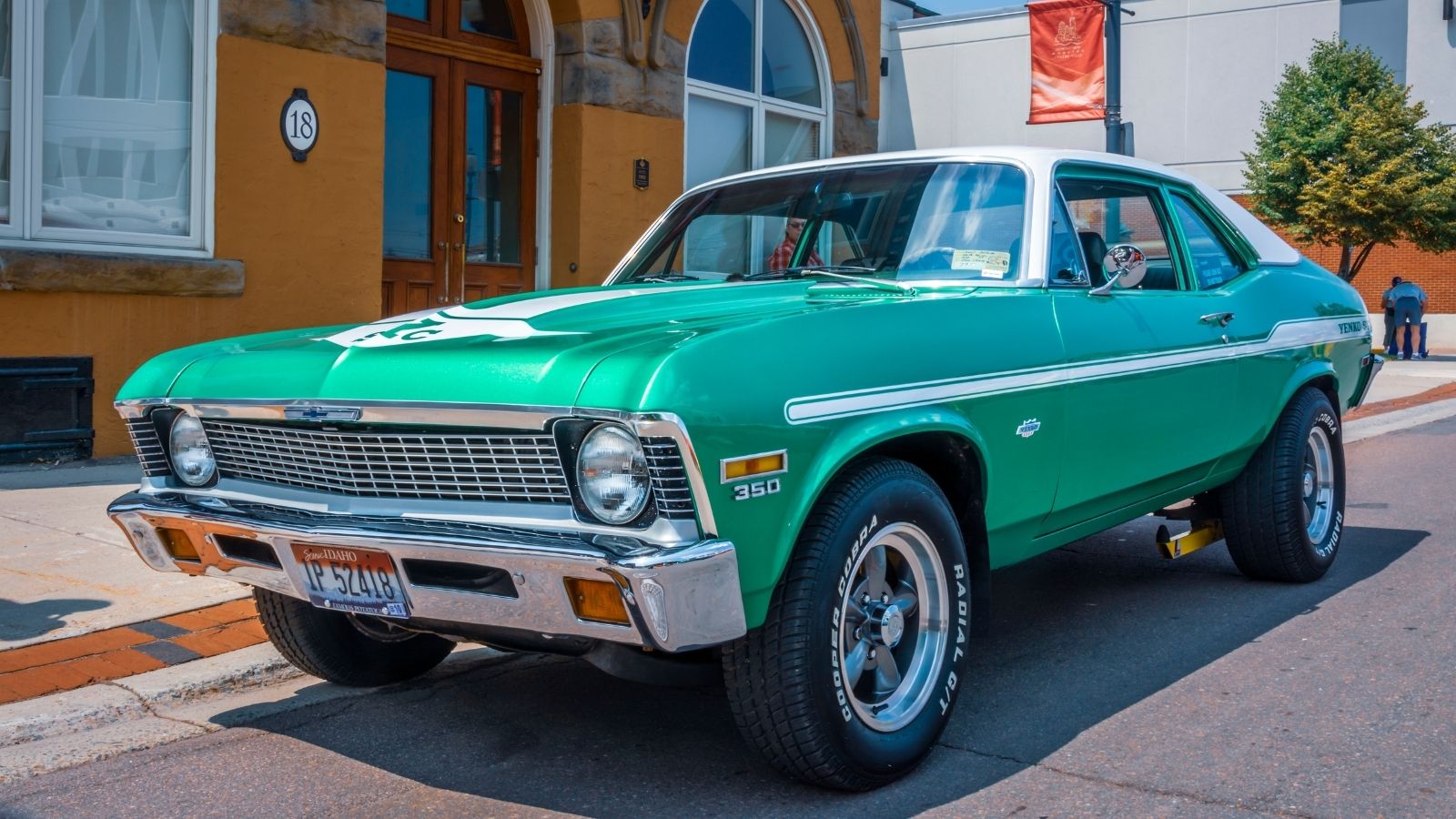
The 1969 Chevrolet Nova SS 396 was a nondescript beast penned by Bill Mitchell. Under the cover, it featured a 6.5L (396 cu in) V8 with 375 horsepower on tap. It had a plain gauge package in the interior, vinyl bucket seats, and a floor-mounted Hurst shifter as an optional feature. With a 0-60 mph time of 5.6 seconds, the Nova SS was a sleeper car capable of dominating much larger opponents. Its size and light weight made it a street racer’s favorite. Heavy-duty suspension is part of the SS package, providing its muscle car classification with great handling.
1970 AMC Rebel Machine
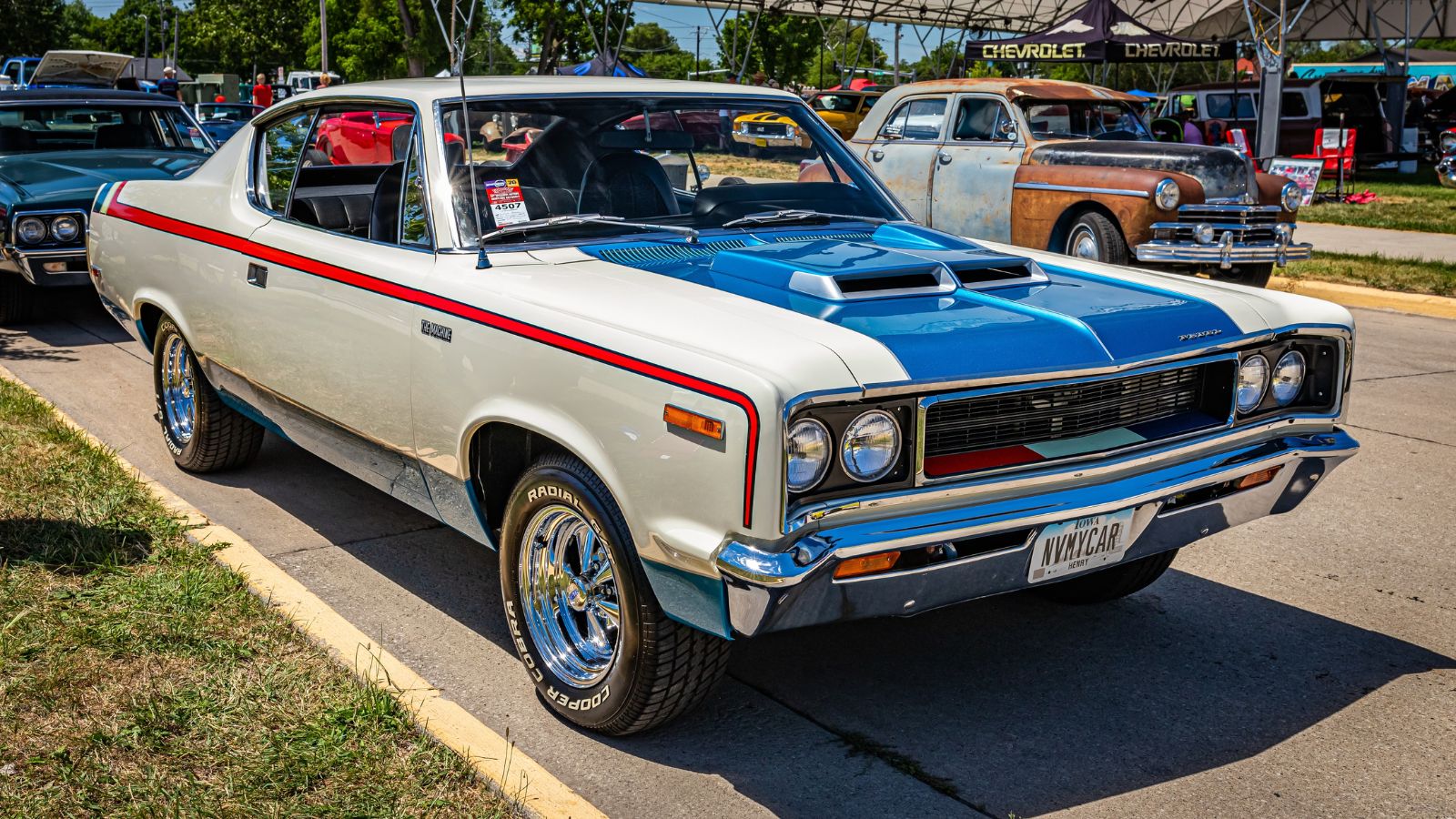
The 1970 AMC Rebel Machine is one of the most distinctive muscle cars and was penned by Dick Teague. Its 6.4L (390 cu in) V8 generated 340 horsepower. The interior boasted high-back bucket seats, a tachometer mounted on the console, and Rebel Machine badging throughout. It could accelerate from 0-60 mph in 6.3 seconds, making it one of AMC’s finest performance vehicles. The red, white, and blue scheme made it easily identifiable on the roads. Even in AMC’s underdog position, the Rebel Machine competed well against the largest names in muscle car history.
1969 Pontiac Firebird Trans Am

John DeLorean and Bill Collins designed the 1969 Pontiac Firebird Trans Am, Pontiac’s response to the increasing muscle car phenomenon. It was powered by a 6.6L (400 cu in) Ram Air III V8 engine that put out 345 horsepower, and there was an optional Ram Air IV that would yield as much as 370 horsepower. The interior was aimed at both performance and comfort and had woodgrain trim, high-back bucket seats, a three-spoke Rallye steering wheel, and a full gauge package with the optional hood-mounted tachometer. This Firebird would accelerate from 0-60 mph in only 5.5 seconds and was a force to be reckoned with on the street.
1970 Chrysler 300 Hurst
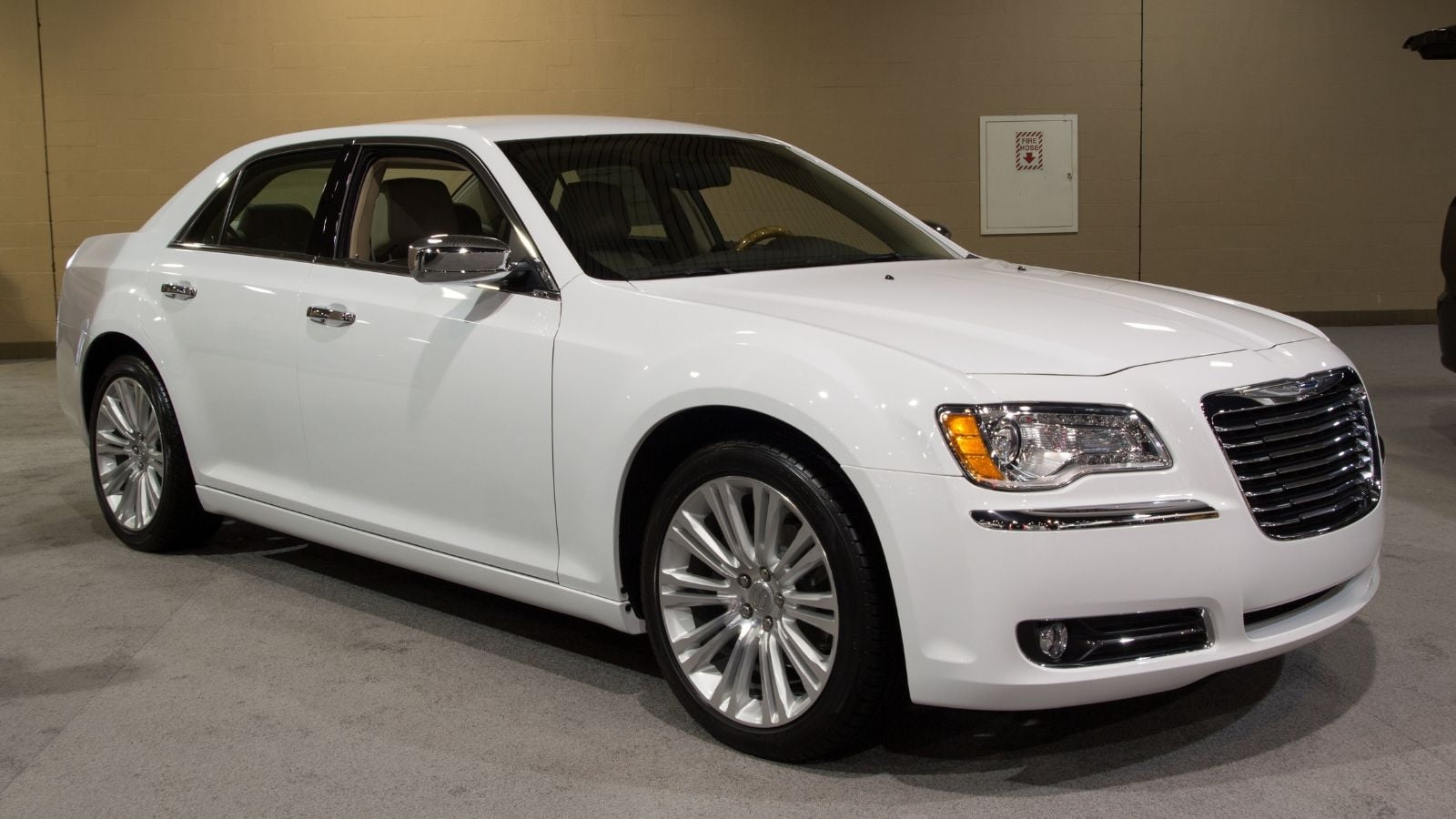
Unlike most muscle cars of its time, this full-sized performance machine combined luxury with brute force. It featured a 7.2-liter (440 cubic-inch) TNT V8, producing 375 hp and 480 lb-ft of torque, sending power through a three-speed automatic transmission. Despite its size, it could sprint from 0 to 60 mph in about 7.1 seconds. Inside, the 300 Hurst boasted plush bucket seats, woodgrain trim, and a center console, making it one of its era’s most comfortable muscle cars. Its white and gold paint scheme, unique fiberglass hood, and massive stance made it an intimidating presence on the road. Only 500 units were built, making it a rare and highly collectible classic.
1971 Dodge Charger Super Bee 440 Six Pack
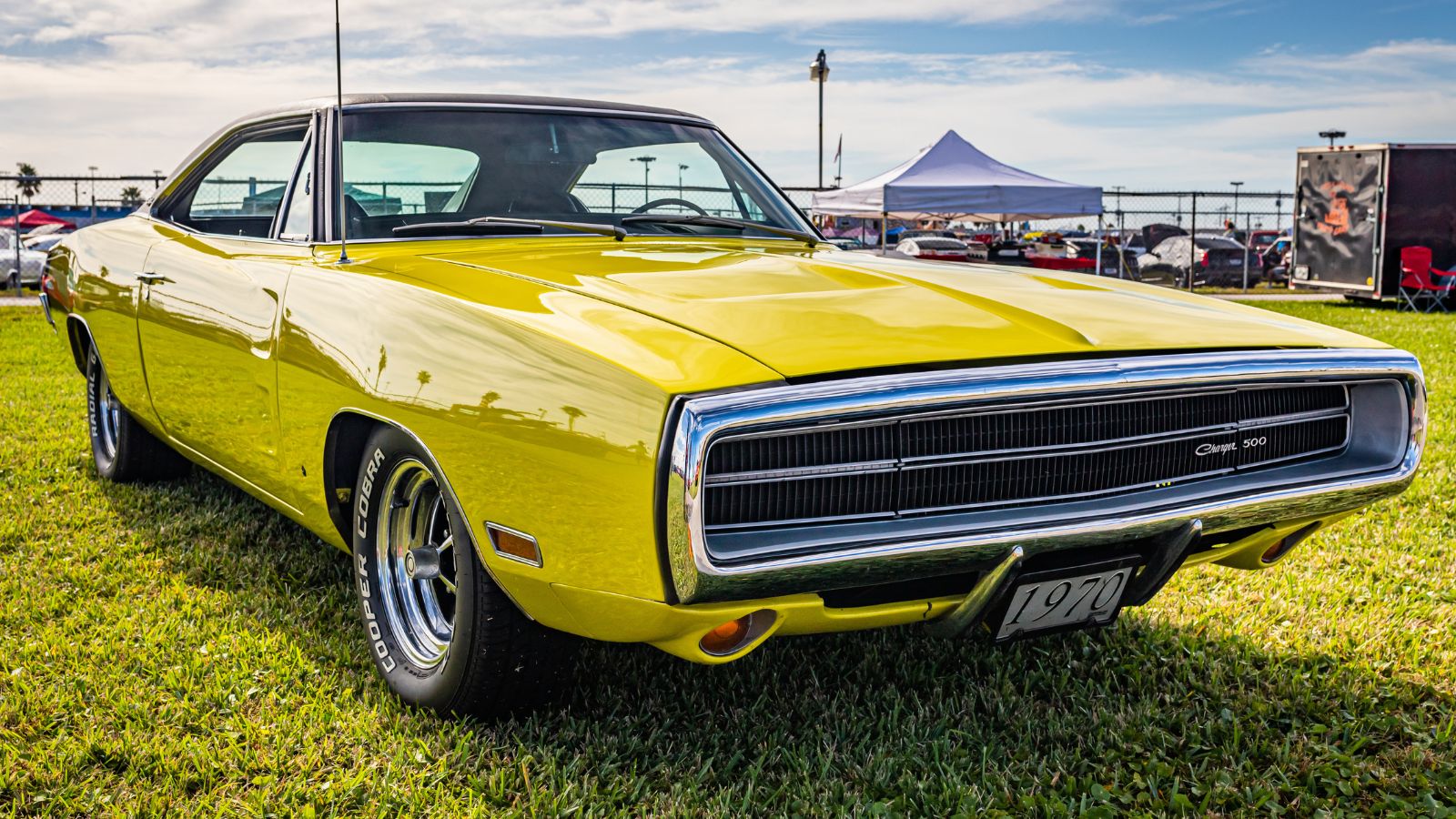
The 1971 Dodge Charger Super Bee 440 Six Pack was a vicious-looking muscle car engineered by Carl Cameron. It came with a 7.2L (440 cu in) V8 sporting three two-barrel carburetors and developing 385 horsepower under the hood. The interior had high-back bucket seats, a pistol-grip shifter, woodgrain dash trim, and a Rallye gauge cluster, which were available options. This Charger would accelerate from 0-60 mph in an incredible 5.4 seconds, dominating the road. Its “Six Pack” configuration came with devastating acceleration, earning it favor on the street race scene.
1965 Shelby GT350
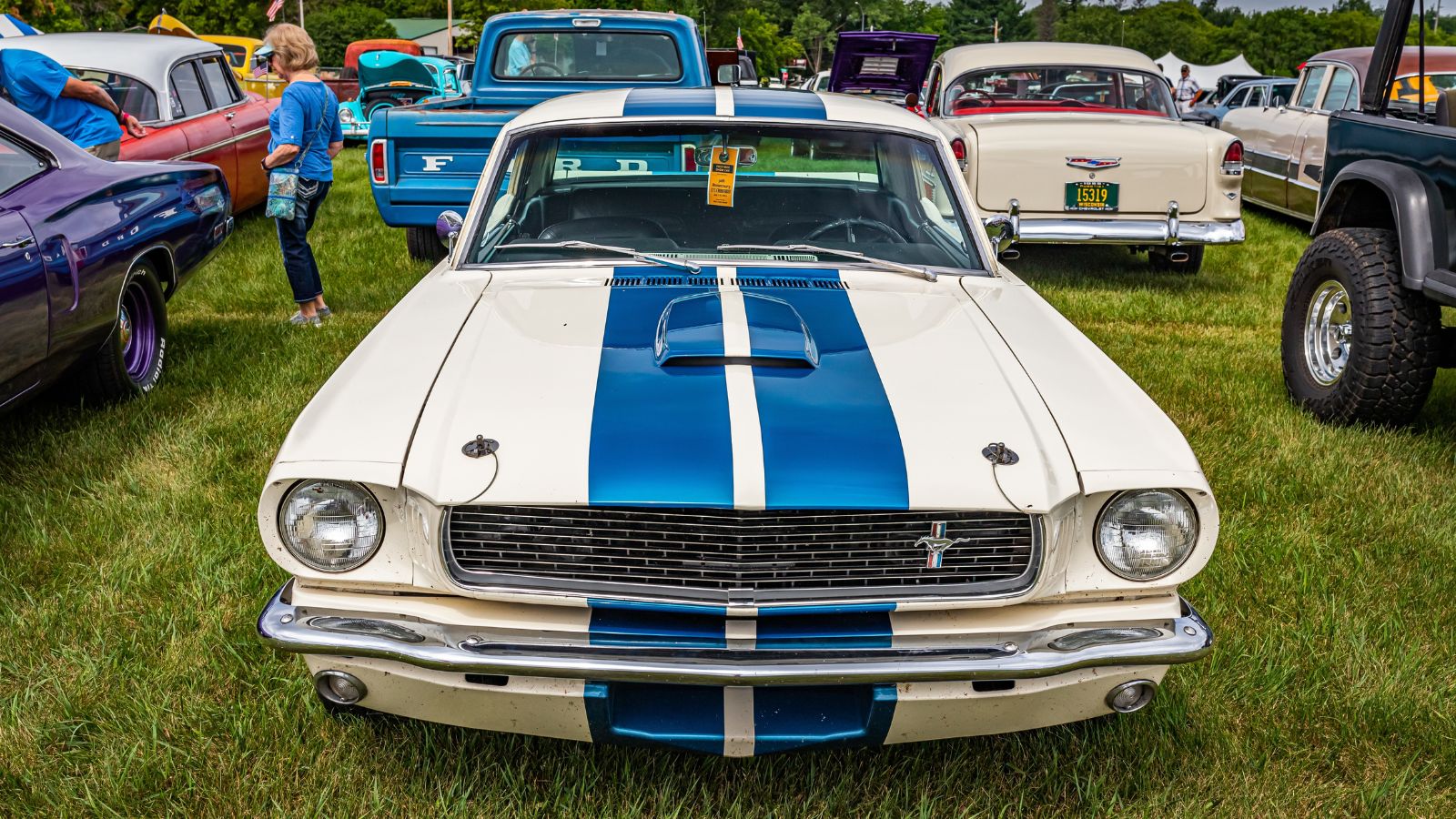
Carroll Shelby transformed the powerful Mustang into a racing machine with the 1965 Shelby GT350. Shelby designed it himself and gave it a 4.7L (289 cu in) Hi-Po V8 that made 306 horsepower. The GT350 was business inside, with racing bucket seats, a three-spoke wooden steering wheel, and a center-mounted tachometer. There was no back seat to cut weight. With a 0-60 mph time of 6.5 seconds, this Mustang was designed for straight-up performance. The side-exit exhaust produced an angry snarl, drawing attention wherever it went. Its Wimbledon White finish with blue racing stripes became the iconic image.
1970 Pontiac GTO Judge
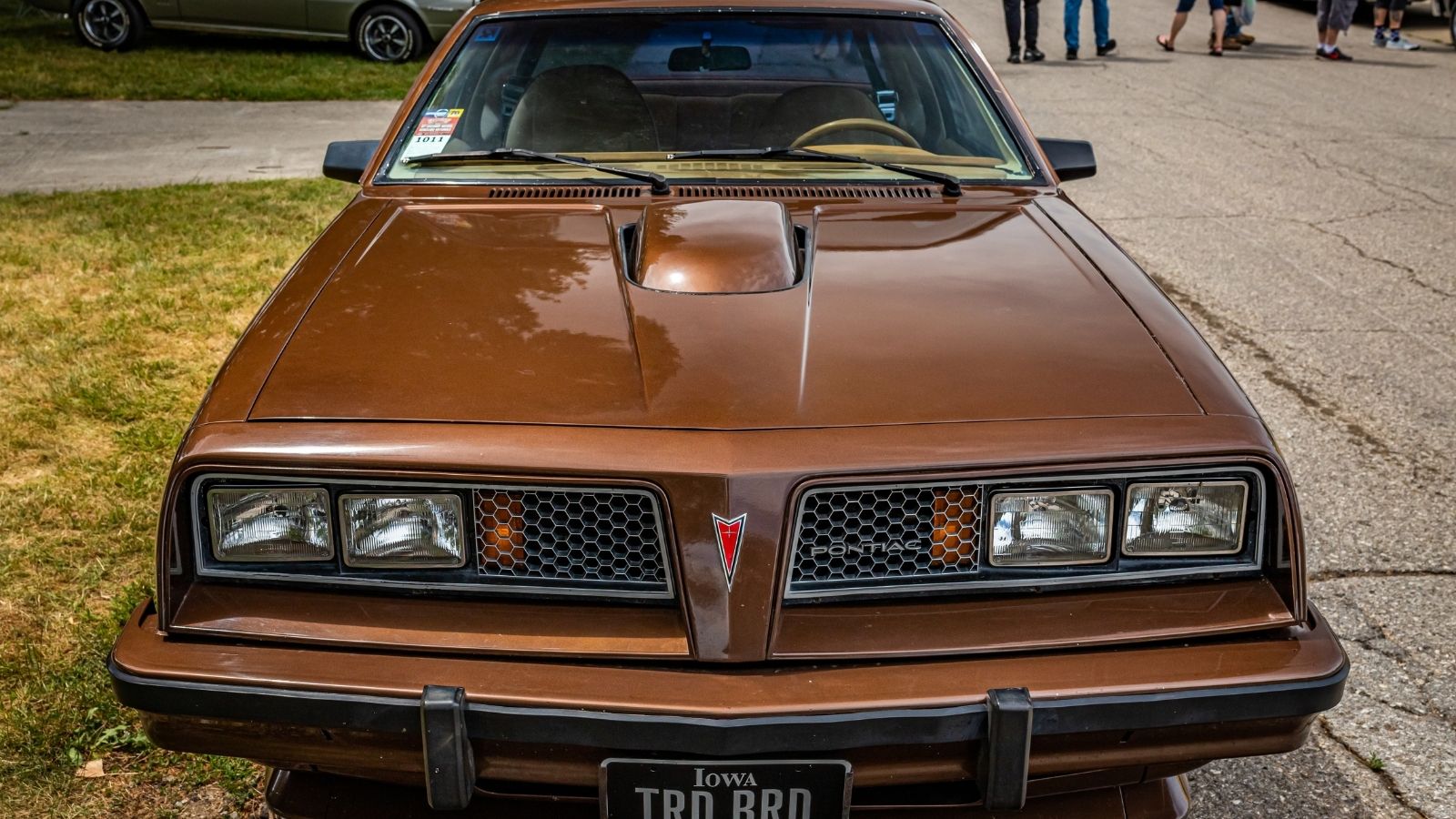
The 1970 Pontiac GTO Judge, penned by John DeLorean, was a performance variant of the already powerful GTO. It was fitted with a 7.5L (455 cu in) V8, making 370 horsepower. The interior featured Rallye gauges, woodgrain trim, and high-back bucket seats. A Hurst T-handle shifter came standard, complementing its brash personality. It could accelerate from 0-60 mph in 5.2 seconds, making it one of the fastest muscle cars of its time. Its “Judge” label was based on a comedy skit but came to signify dominance on the street.
1973 Chevrolet Chevelle SS 454
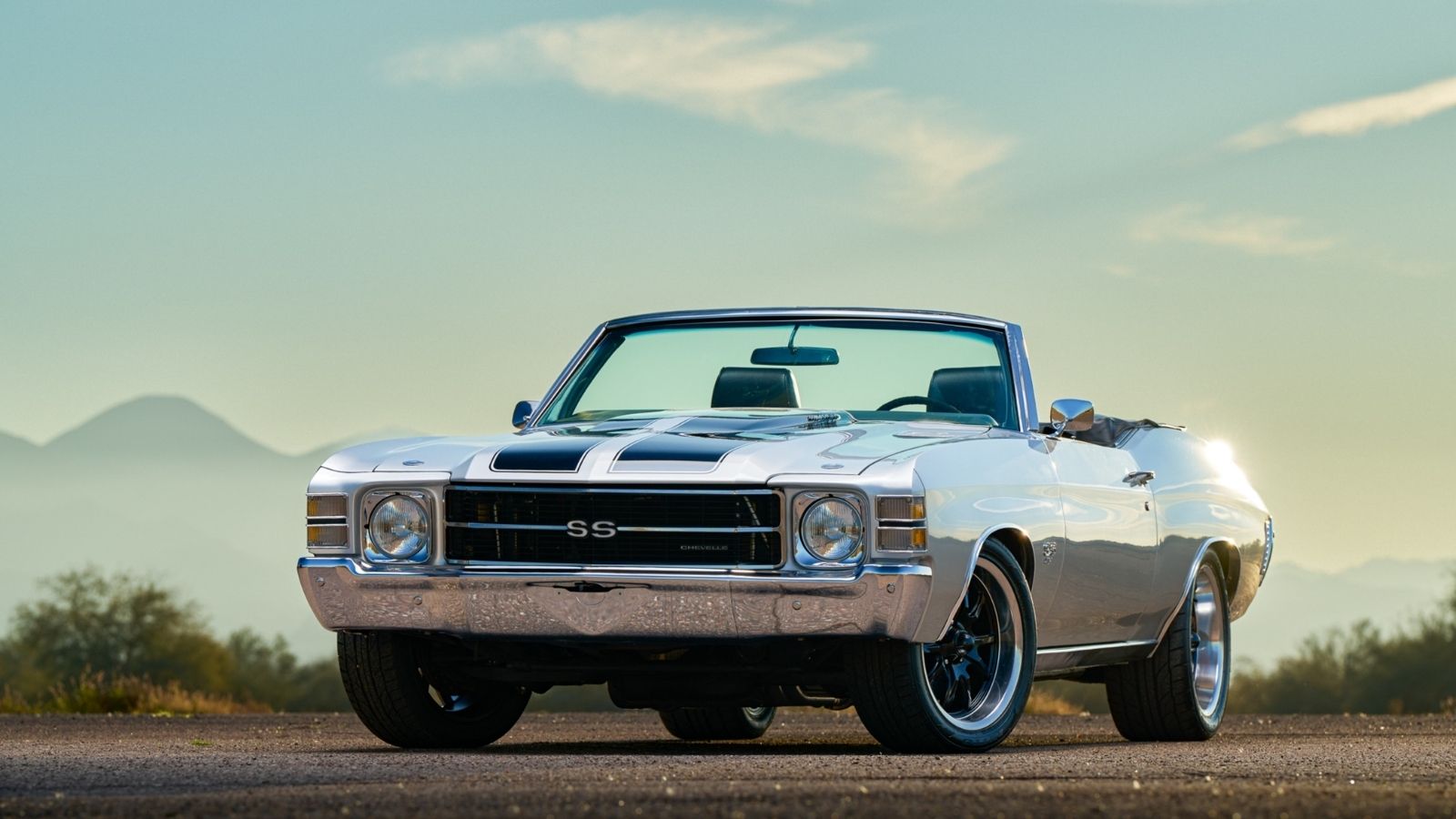
Even as muscle cars fell out of style by 1973, the Chevrolet Chevelle SS 454 still held clout. Designed by Bill Mitchell, it had a 7.4L (454 cu in) V8 pumping out 275 horsepower in answer to emission requirements. The interior was luxurious in feel, with optional swivel bucket seats, a heavily padded dash, and a full gauge package. Despite lower power, the SS 454 still achieved a respectable 0-60 mph time of 6.8 seconds. Its Colonnade body style made it look sleeker and more contemporary for the ’70s.
1966 Plymouth Satellite 426 HEMI

The 1966 Plymouth Satellite 426 HEMI, by Elwood Engel, was one of the first muscle cars to incorporate Chrysler’s mythical 7.0L (426 cu in) HEMI V8, putting out 425 horsepower. Inside, it was plain but efficient, with bucket seats, a center console-mounted gear selector, and an optional wood-trimmed wheel. With its 0-60 mph performance at 5.3 seconds, the Satellite was a real street performer.
1969 AMC AMX 390
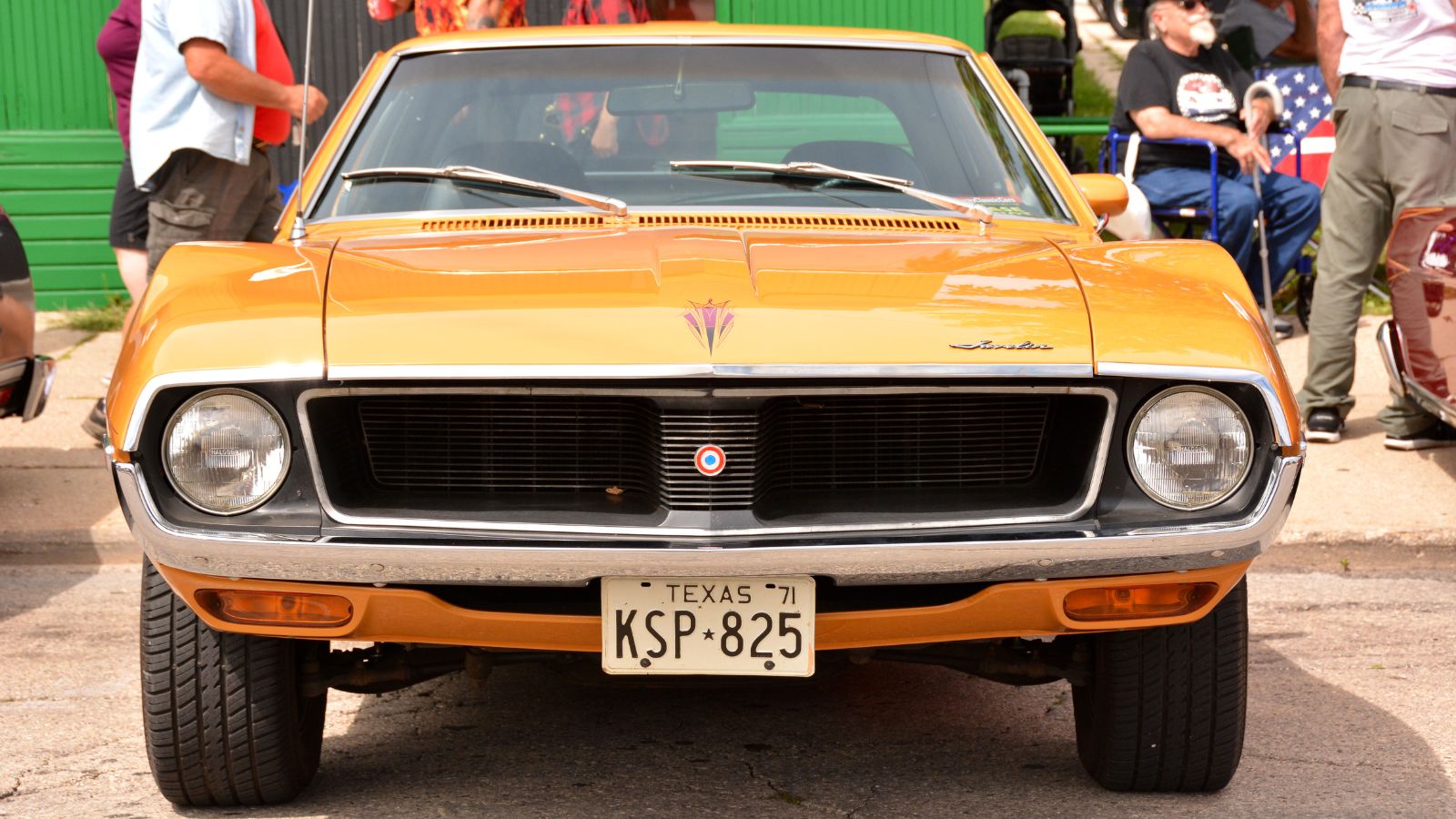
The 1969 AMC AMX 390 was a two-seat muscle car styled by Dick Teague, setting it apart from its rivals. Under the hood, it had a 6.4L (390 cu in) V8 producing 315 horsepower. The inside was more sporting than most muscle cars, with twin bucket seats, a short-throw Hurst shifter, and an AMX-only instrument panel with a 140-mph speedometer. The AMX had a 0-60 mph time of 6.5 seconds, proving that AMC could hang with the muscle car big boys. Its short wheelbase made it phenomenally agile, ideal for tearing up twisty roads. The low production numbers make it a rare and sought-after collector’s vehicle today.
18 Budget-Friendly Electric Cars That Last Longer Than Their Loans — Economical Electrics
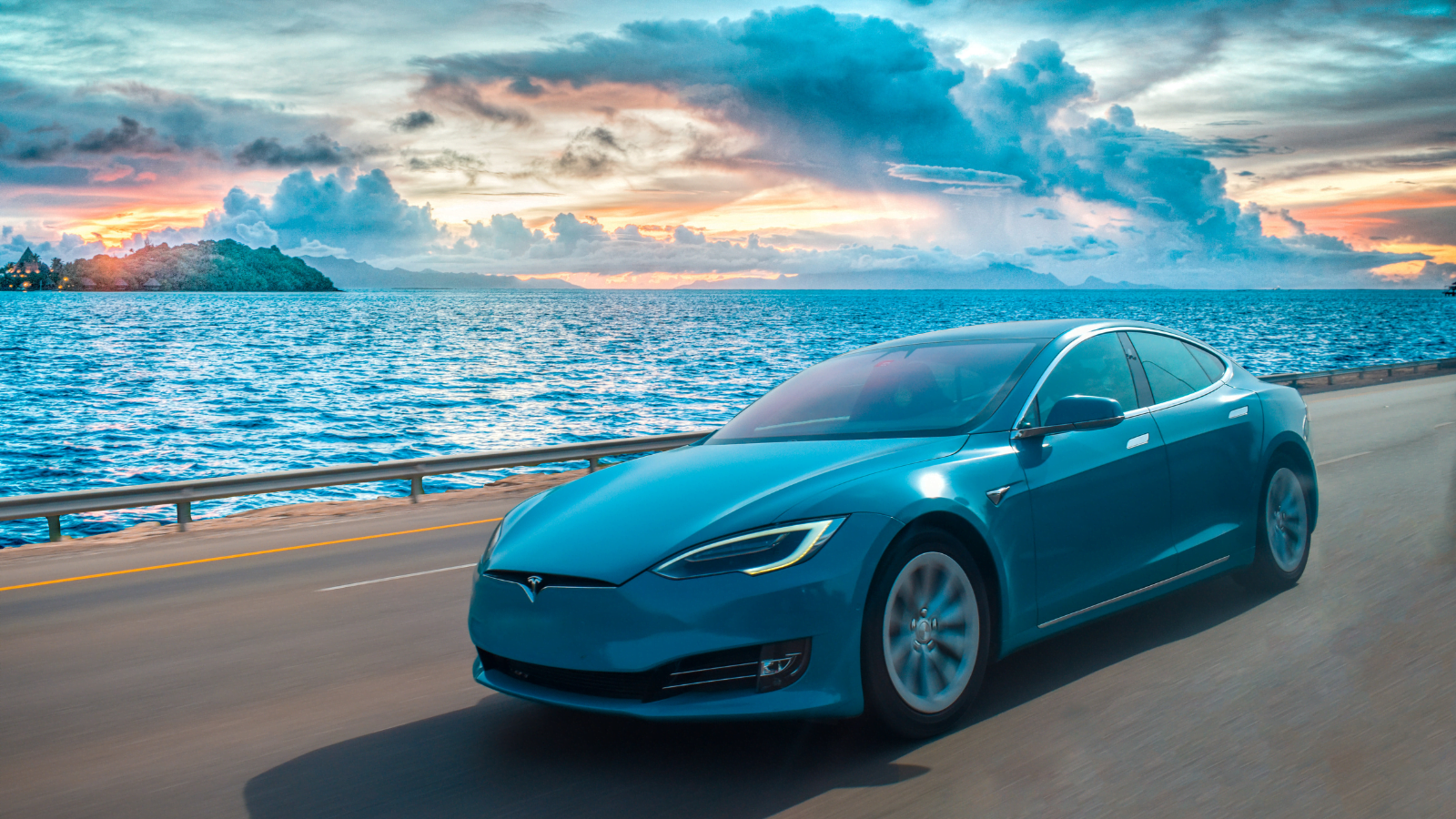
Electric vehicles are no longer a luxury for the elite—they’re a smart investment for the everyday driver. With manufacturers stepping up to the plate, affordable EVs now deliver on reliability, range, and modern comforts. Here’s a look at 18 economical electric cars engineered to outlast their payment plans.
18 Budget-Friendly Electric Cars That Last Longer Than Their Loans — Economical Electrics
